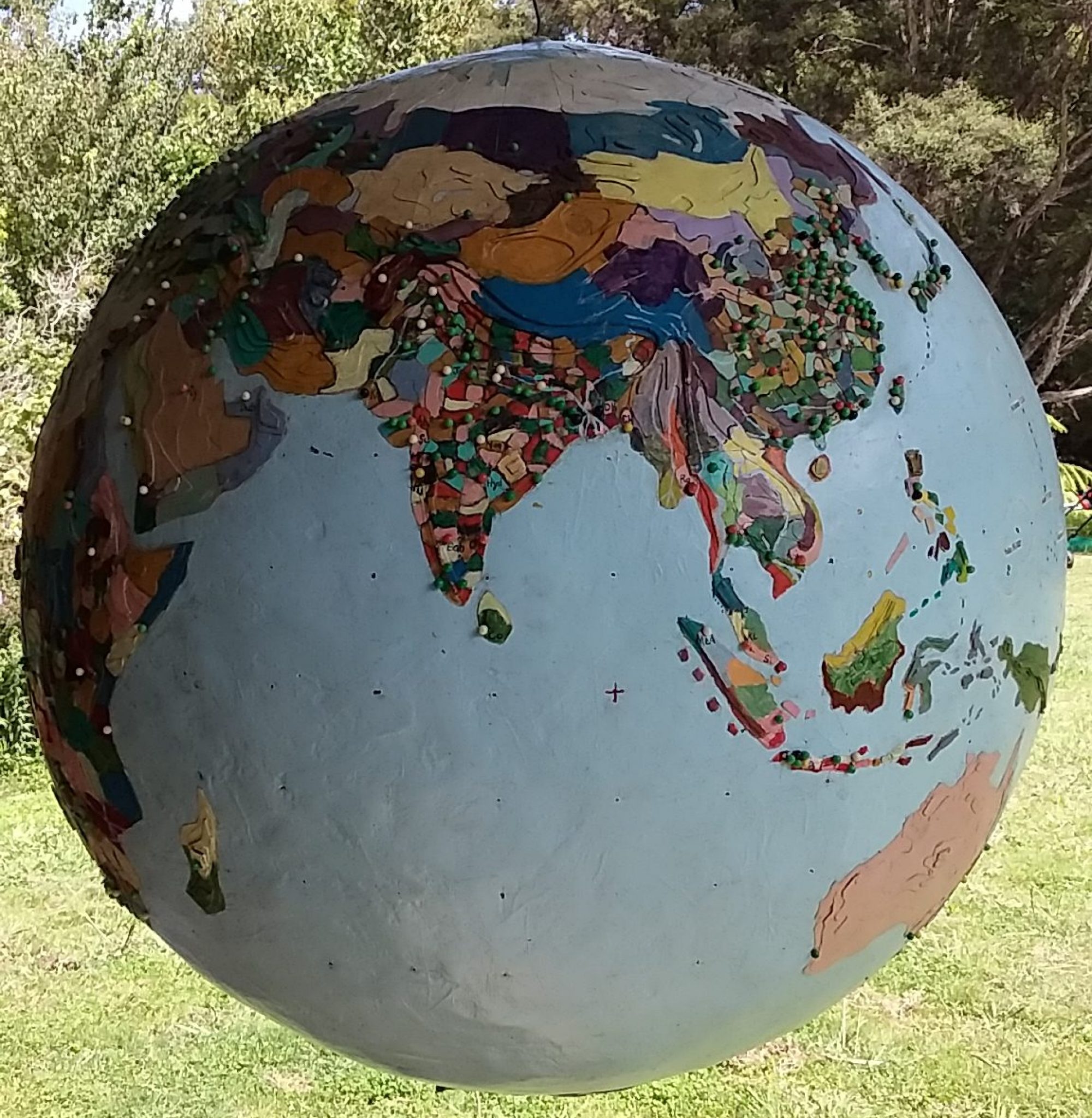Malawi
millisphere (noun): A discrete region inhabited by roughly 1000th of the world population.
“New Zealand must seek the light after its darkest day,” wrote Stuff when the Malawi Queens beat the New Zealand Silver Ferns in netball at the Commonwealth Games recently.
“This was an unacceptable, unfathomable and deeply disconcerting descent into the abyss,” they continued, somehow forgetting the Tangiwai, Wahine and Pike River tragedies.
“Right now NZ netball has a lot to think about. No stone must be left unturned as it searches at the end of a dark tunnel,” said Silver Ferns captain Katrina Grant continuing the theme of darkness — and mixing her metaphors.
“The players were guttered (sic) and disappointed with themselves,” Silver Ferns coach Janine Southby told Newshub after the match. I presumed this was a typo, but my mind was left grappling with “guttered” netballers instead of the usual gutted ones.
On TV One news that night, the Malawi Queens, in their fluoro pink, green and black uniforms, looked far from guttered with their 57-53 win over the Silver Ferns, unless it means piling on top of one another and then dancing around the court as their supporters in the stands broke into wild victory drumming.
Malawi is a narrow landlocked nation west of Lake Malawi (the third largest lake in Africa) and, with a population of 18 million (2016), it can be divided into two millipsheres — one in the north beside the lake and a densely populated one in the south beside the Shire River.
Ninety-eight per cent of Malawi’s electricity supply is hydro-generated by the Shire River, which flows into the Zambezi, so when there are droughts there are power cuts.
Malawi is one of the poorest countries in Africa and 75 per cent of its population is dependent on tobacco production.
Burley leaf from Malawi (which is high in nicotine) is blended into most global brands. Malawi grows about 7 per cent of the world’s tobacco and tobacco accounts for 70 per cent of the country’s foreign earnings.
Despite United Nations pressure, Malawi — unlike New Zealand — has not signed up to the World Health Organisation framework convention on tobacco control.
Malawi has very little tobacco regulation — there are no rules about smoking in government buildings, schools, hospitals, buses, restaurants or bars and, counter-intuitively, it has one of lowest incidences of smoking in the world.
There are health warnings on cigarette packets but most smokers buy cigarettes singly and never see a packet.
The impact of the tobacco industry has seen the failure of crop diversification as farmers can earn twice as much growing tobacco than other export crops like tea, coffee and sugar.
Cannabis is one crop, although riskier to grow, that can earn a farmer more than tobacco.
Cannabis in Malawi is prohibited but remains a popular drug and is produced for domestic use and export. It is known locally as chamba and a strain known as Malawi Gold is internationally renowned as one of the finest sativa strains in Africa.
The popularity of this variety has led to an increase in marijuana tourism and there is an apocryphal story in Malawi about visitors who came, tried chamba, and lost their will to return to their country of origin.
Malawi is a tiny country — about one third the area of New Zealand — but has a rapidly growing population. The average woman has 5.7 children.
At independence in 1966, Malawi had a population of four million. By 1990 it had more than doubled to 8.7 million, and by 2016 had doubled again to 18 million.
Cecilia Khofi, the current Miss Malawi beauty queen, is using her position to campaign against child brides being forced into marriage.
For this small country, overpopulation and unemployment are big problems.
Overpopulation, coupled with land being devoted to export crops, is leading to the real prospect of famine in the near future.
The Silver Ferns losing a netball game is minor league compared with the challenges the Malawi Queens face at home.
